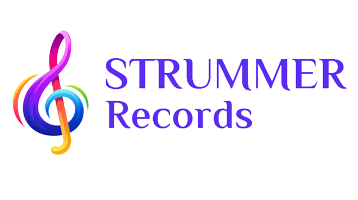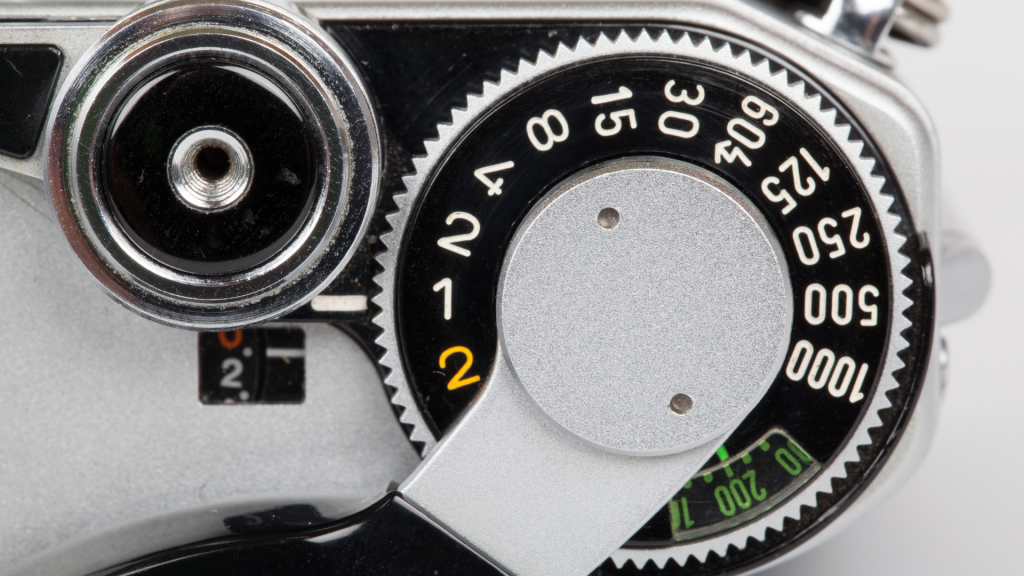When you think of a camera, you might think of a device that captures images. But what if the camera isn’t the only thing that’s taking a picture? A camera is a tool that’s used to capture images. But a lens can also be the subject of a picture, which is how a camera can take a picture. A lens is a piece of equipment that can focus light, which is how the camera can take a picture.
What is Shutter Speed?
The most important thing about a camera is the shutter speed. This is the speed at which the shutter opens and closes to capture the image. It is the most important factor in taking a quality picture. It helps to maintain the exposure, avoids judder, and keeps the blur to a minimum. Shutter speed is also known as the exposure time, and it’s the time lapse between two images captured by the camera.
Shutter speed is the time it takes for the shutter to close in between each photo. There are many different shutter speeds, from instantaneous to those that take minutes. For example, a photo taken at 1/1000th of a second is a fast shutter speed. That same photo taken at 1/4 second is a slow shutter speed.
How the Shutter Speed is Measured
The shutter speed controls how long the shutter is open and how much light the exposure sensor captures. The shorter the shutter time, the more light the sensor will collect, allowing for a faster exposure. On the other hand, if the shutter time is too long, then some of the light will be missed, reducing the exposure value. So, if you are just starting in photography, it will be important to learn how to control it or miss out on some perfectly good shots.
So, you want to get started taking pictures? That’s great! But, before you pick up your camera, it’s important to understand how shutter speed is measured. Most digital SLR cameras have a mode that allows you to set a shutter speed. Shutter speed is measured in fractions of a second. A shutter speed of 1/1000 of a second means that the flash will discharge for 1/1000th of a second or one second, and then the shutter will close for the same amount of time. If the flash is on continuously, the shutter will remain open for that length of time. A shutter speed of 1/1000 of a second will also record light values for 1 second.
The Shutter Speed and Exposure
With the rise in popularity of the gadget-friendly DSLR camera, the number of camera owners using this form of photography has exploded. But did you know that for the camera to capture a photo, the shutter must first be triggered and the exposure metered manually? Two factors control the exposure of an image: Shutter Speed and ISO. This is an important setting because it determines how fast the camera can capture the action. If you open the shutter for a long time, you get more light through your lens and record it as a photograph. The slower the shutter speed, the darker the photo is.
When you are trying to capture a moving subject, you have to decide on your camera’s right shutter speed and exposure. The correct combination will depend on your subject’s speed, the amount of light in your location, and the lighting conditions.
The power of an aperture setting is that it controls how much light reaches the film or sensor—the higher the f/stop, the more light gets through. However, a higher f/stop number also means a longer exposure, which means a slower shutter speed. Shutter speed is measured in fractions of a second, on a scale of 1/60sec to 1/4000sec. There are two types of shutter speed: Bulb (1/60sec), which means that the shutter will stay open for a long time, thus capturing light from an extended period, and Time (1/4000sec), which means the shutter will stay open for a short time. An ISO rating typically indicates a camera’s shutter speed.

